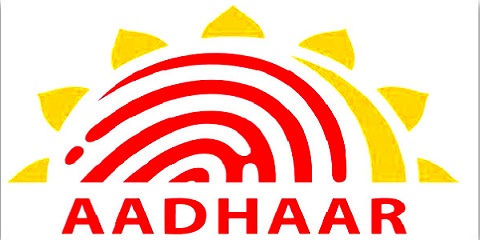You are here
Home » About Vaccines and Vaccination
Error message
Notice: Undefined offset: 1 in counter_get_browser() (line 70 of /var/www/html/mh6-5/sites/all/modules/counter/counter.lib.inc).Left menu
- Genetic Improvement
- Pashudhan Maha Expo
- Bird Flu
- COVID-19
- Farmers Guide
- Dairy Guide
- AHIDF (New)
- NLM (New)
- NCDC
- Region/ District Charts
- SMART Project
- List of Beneficiaries
- 2010-2011
- 2011-2012
- 2012-2013
- 2013-2014
- 2014-2015
- 2015-2016
- 2016-2017
- 2017-2018
- 2018-2019
- 2019-2020
- 2020-2021
- Services under RTS
- Employees corner
- Establishment
- Tenders/Etenders
- Acts and Rules
- Right To Information
- Poultry Development
- Institutes Information
- Statistical Information
- Pashudhan Aishwarya
- Kamdhenu
- Land Management
- BookLet
- Fodder Development
video
YouTube Video
This video is about making a Murghas
This video is about making bag and drum Murghas
Toll Free Number : 18002330418
About Vaccines and Vaccination
- The first scientifically based advance in immunology was made by Jenner. The next advances were, however, made in the veterinary field by Louis Pasteur. He made use of attenuated strains of Pasteurella multocida, Anthrax bacillus etc in poultry and animals. His great contribution to human therapeutics was his method of vaccination against Rabies. Salmon and Theobald Smith showed that vaccines could also be prepared from dead virulent organisms. Roux and Yersin discovered that toxins could give rise to protective immunity.
- The vaccines could be Live, Attenuated or Killed type. They may be the monovalent, polyvalent or mixed type.
- Vaccination can control the incidence of epidemic diseases. Normally Vaccines are administered well in advance of possible exposure to infection.
- Diluents should be pre-chilled, before reconstitution. Use the diluent which is supplied along with the vaccine only. Reconstituted vaccine should be stored in an ice-packed container, away from direct sunlight and should be used within two hours.
- Vaccines should be stored in cold conditions, as far as possible., and in a cool dark place, away from direct sunlight. Liquid vaccines should not be allowed to freeze in storage; otherwise, they may lose their potency. All freeze-dried vaccines should be stored in freezing chamber of the refrigerator, where the temperature is lowest. Viral vaccines should be transported on ice, in the thermos flask or in thermocol boxes with cold packs. Diluents should be stored at Room Temperature in cool dark place.
- Simultaneous vaccination should be avoided. As far as possible, a few weeks time should be allowed to elapse between two different types of vaccinations. The immune response during pregnancy is normal but care should be taken that abortion is not precipitated. Genetic factors may also influence the response. A small number of animals in a group may show poor or no response, on the administration of a vaccine. Antibiotics should not be used along with living bacterial vaccines. Presence of maternal antibodies also suppresses the immune response. Concurrent infection of immunosuppressant diseases like Gumboro (I.B.D.) also causes failure of immune response. Presence of mycotoxins in the feed may also be a factor. Other factors like health status, worm load, ill weather/climate, underdosing, also are contributing factors for the low response. Vaccination must be carried out in cool hours of the day..
History:-
Types of vaccines:-
Use of Vaccines:-
Reconstitution:-
Storage and Transport under field conditions:-
Causes of Vaccine failures:-















